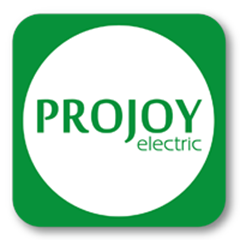Rooftop distributed photovoltaic has been used extensively in Europe, the United States, Australia, China and Japan. As the application closest to the human activity area, more and more emergency crew and firefighters of photovoltaic plants are aware of the potential safety hazards of photovoltaic systems. And how to ensure personal safety, how to prevent the fire risk of photovoltaic facilities, how to ensure that non-professional personnel identify and cut off the risk in the first time, has become a widespread concern of all countries.
Potential safety hazards in photovoltaic system
In fact, the photovoltaic system is not as safe as we think.
We all know that DC isolator is integrated into the solar inverters, but even when the DC isolator is turned off, there will still be up to 600~1500Vdc between the inverter and the PV panels.
As long as there is radiation on the panel, a voltage of 600~1500Vdc will be generated on the DC side. If fire happens in installation without firefighter safety switch, the high voltage DC current inside the panel array or between the panel array and the inverter will threaten the personal safety of firefighters. On the other hand, most of the circuits of photovoltaic plants used 600 ~ 1000V (some even up to 1500V) DC circuit. In an actual power station, DC arcs can be caused by fault such as poor connection, poor contact quality, insulation aging, and damp insulation, etc. Photovoltaic modules continuous generate electricity when a DC fault occurs. The DC current does not have a zero-crossing, so the fault current at the trigger location will persist for a long time and further cause a fire, firefighters may be exposed to very serious potential hazards.
Based on the market demand, PROJOY has successively launched series of firefighter safety switches of String level PEFS-EL and panel level PEFS-PL.



























